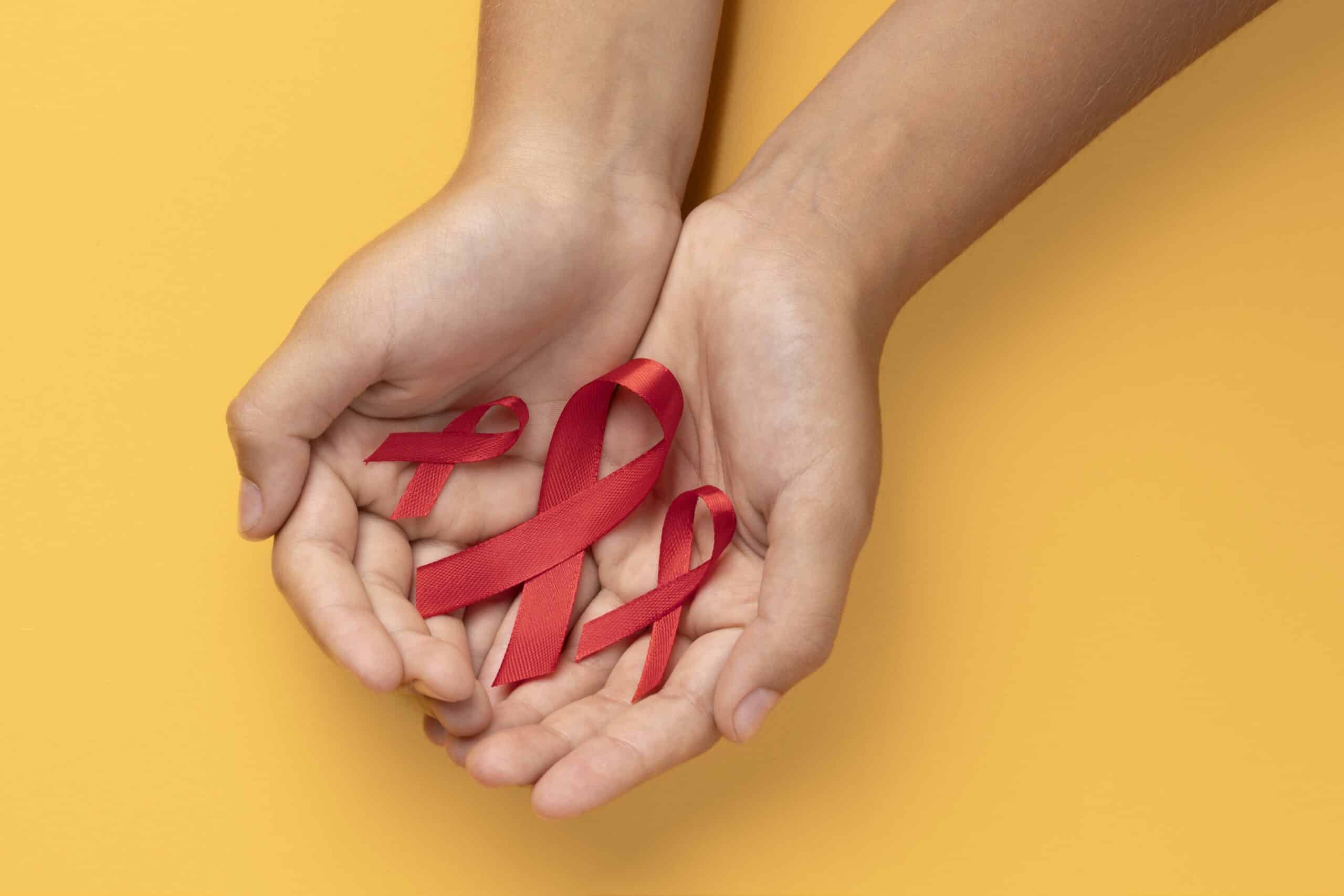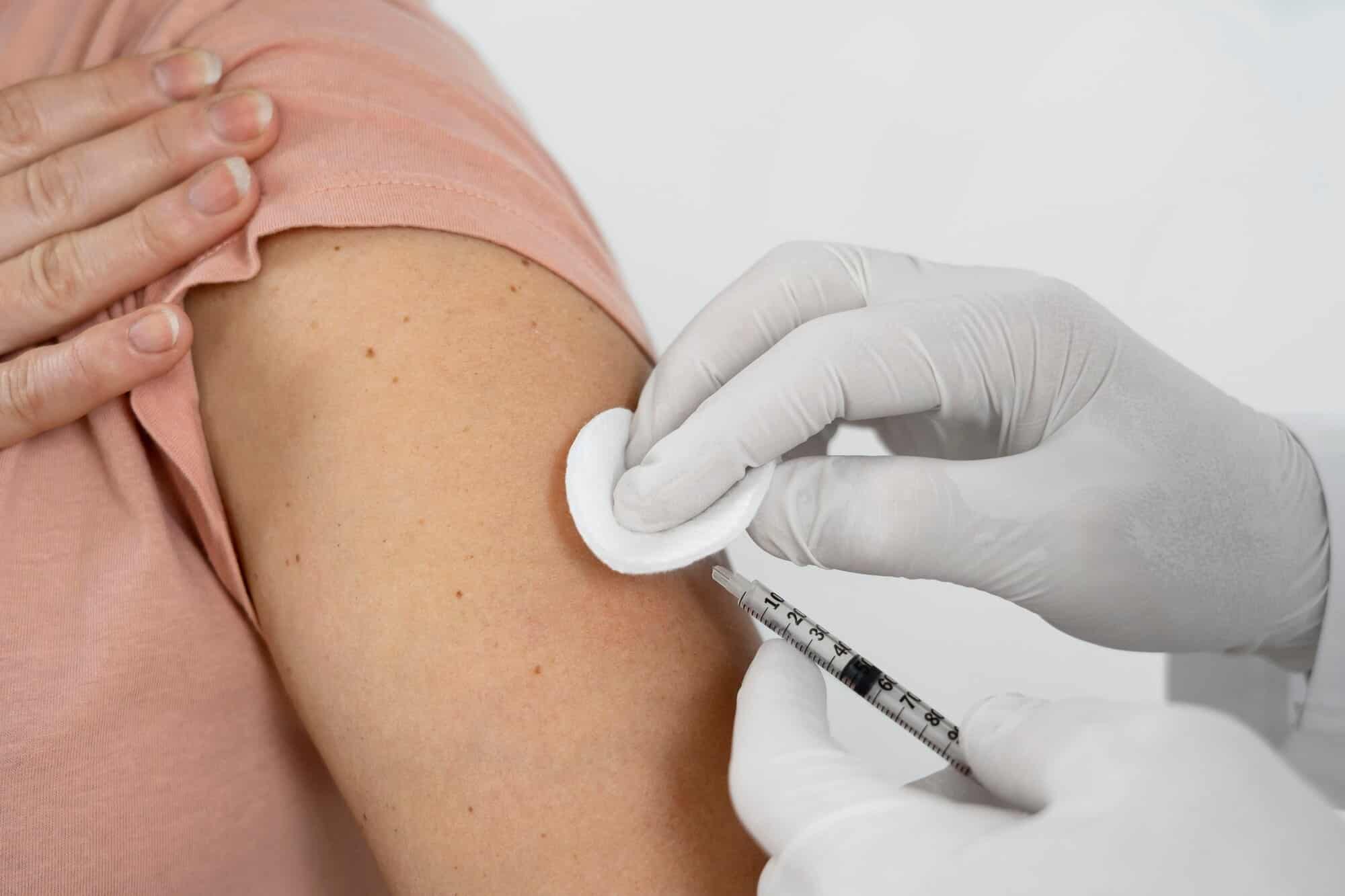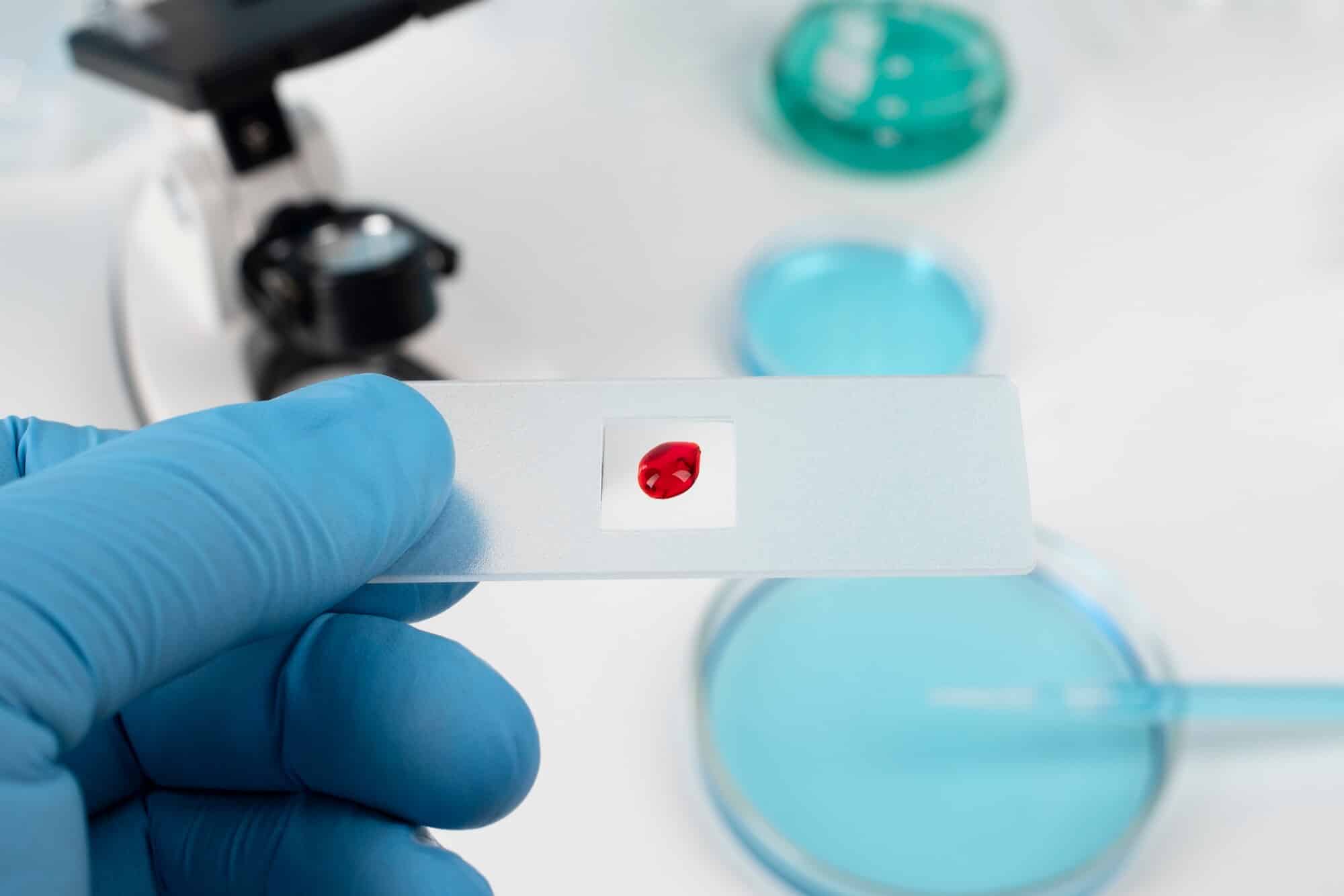
The relationship between HIV and AIDS is often misunderstood. HIV stands for Human Immunodeficiency Virus, which causes damage to the immune system by attacking the cells that fight infection. AIDS is Acquired Immunodeficiency Syndrome, the final stage of HIV when the immune system becomes extremely weak. A person with AIDS cannot fight off even minor infections or diseases, which often lead to life-threatening complications. This blog explains all you need to know about HIV and AIDS, the relationship between the two, and how they are transmitted.
What is Human Immunodeficiency Virus (HIV)?
Human Immunodeficiency Virus (HIV) weakens the body’s immune system over time. HIV attacks and destroys white blood cells, specifically CD4 cells, which help the body fight off infections and diseases. As HIV kills more CD4 cells, the body becomes worse at defending itself against illness.
While there is no permanent cure yet, antiretroviral therapy (ART) medications can control HIV levels. People who take these medications properly can achieve undetectable HIV levels, allowing them to live long, healthy lives without passing HIV to their sexual partners.
What is Acquired Immune Deficiency Syndrome (AIDS)?
AIDS, or Acquired Immunodeficiency Syndrome, refers to the most advanced stage of an HIV infection that has not been treated. AIDS happens after HIV has destroyed CD4 cells over several years without treatment. A person with AIDs has a very weak immune system, leaving them susceptible to opportunistic infections and some cancers. Opportunistic infections can cause serious illness and complications because the body cannot fight them off properly.
While HIV treatment can prevent AIDS from developing, there is currently no cure for AIDS itself once it has progressed to this late stage of HIV infection.
Relationship Between HIV and AIDS
HIV and AIDS are closely related, but it is important to understand the distinction. Let’s start by looking at their similarities.
Here are the key similarities between HIV and AIDS:
- They are both caused by the same virus (HIV) attacking the body’s immune system over time.
- With proper treatment involving HIV medications, the progression of both HIV and AIDS can be slowed or stopped.
- People with either HIV or AIDS require medical care, counseling, and support services.
- Early detection is crucial for detecting an HIV infection and preventing progression to AIDS.
Here are the differences between HIV and AIDS:
HIV |
AIDS |
|
| What it is | A virus that invades cells | A condition/syndrome that develops after HIV/ has progressed |
| Cause | Transmission of the virus into a person’s bloodstream | Caused by advanced, untreated HIV infection |
| Transmission | Spread through bodily fluids | AIDS itself cannot spread person-to-person |
| Diagnosis | Detected through antibody, antigen/antibody, or nucleic acid tests | Diagnosed based on HIV’s impact on the immune system |
| Timeframe | Often causes symptoms within 2-4 weeks of infection | Develops years after an untreated HIV infection |
| Treatment | Antiretroviral drugs that can control HIV levels | ART medication and treatment for any opportunistic infections |
| Symptoms | Symptoms depend on the phase of the infection. Early, acute infection involves flu-like symptoms. Chronic HIV infection may not cause any symptoms for years. | Symptoms include rapid weight loss, fevers, fatigue, swollen lymph nodes, as well as the symptoms of any infections or cancers contracted |
| Severity | Not life-threatening if treated properly | Potentially life-threatening without treatment |
The key difference is that HIV is the actual virus that enters the body and attacks the immune system’s CD4 cells over time. AIDS, on the other hand, is not a virus but rather a syndrome that represents the manifestation of severe immunodeficiency and vulnerability to opportunistic illnesses. This only occurs after years of untreated HIV progressively damaging the immune system. Early prevention and treatment of HIV & AIDS can prevent the progression to AIDS and help maintain a healthier immune system.
How is HIV Transmitted?
HIV can spread through the exchange of certain bodily fluids from an infected person. The fluids that may contain HIV are:
- Blood
- Semen
- Pre-seminal fluid
- Rectal fluids
- Vaginal fluids
- Breast milk
However, HIV cannot spread through casual contact like hugging, shaking hands, sharing food, or using the same bathroom. Transmission of HIV requires direct contact with the infected fluids so that they enter the bloodstream.
Can You Get AIDS Without HIV?
No, you cannot get AIDS without having HIV first. AIDS is a condition that only occurs when HIV has severely damaged the immune system over many years. HIV is a virus that causes AIDS by attacking and destroying the cells that protect your body from infections and diseases. Proper HIV medications prevent this by controlling the virus before it can advance to AIDS.
How is HIV Spread from Person to Person?
HIV is primarily spread through direct contact with specific bodily fluids of an HIV-positive person: blood, semen, vaginal fluids, and breast milk. For transmission to occur, HIV-infected fluids must directly contact a mucous membrane or damaged tissue or enter the bloodstream. HIV cannot be transmitted through casual contact, saliva, sweat, tears, or shared food/drink.
The main ways HIV spreads from person to person are:
1. Sexual Transmission
Having unprotected vaginal or anal sex with someone who has HIV is the most common way the virus spreads. Anal sex carries the highest risk of transmission.
2. Sharing Injection Equipment
HIV can be transmitted by sharing syringes, needles, or other equipment used to inject a substance into the skin. Microscopic amounts of an HIV-positive person’s blood containing the virus sometimes remain on the equipment and enter the next person’s bloodstream through injection.
3. Mother-to-Child Transmission
An HIV-positive mother can transfer the virus to her baby during pregnancy, childbirth, or breastfeeding. However, with proper medication and treatment, the risk of transmission from mother to baby is now extremely low.
4. Occupational Exposure
Healthcare workers could potentially contract HIV from injuries from sharp objects contaminated with infected blood. But safety protocols make this route of transmission very rare.
5. Blood/Organ Donation
In extremely rare cases, HIV could potentially be transmitted through blood transfusions or organ/tissue transplants. Rigorous testing of the blood/organ supply makes this highly unlikely.
6. Other Extremely Rare Cases
There is a potential but negligible risk of being severely bitten in a way that allows blood transfer. HIV can also be passed through deep open-mouth kissing with an HIV-positive partner if both have open sores or bleeding gums. In theory, a baby consuming pre-chewed food containing HIV-infected blood could acquire the virus, but this is exceptionally rare.
Does HIV Always Turn into AIDS?
No, HIV doesn’t always turn into AIDS if antiretroviral therapy (ART) medication is taken properly. ART medicines control the amount of the virus in a person’s body, preventing the progression from HIV to AIDS. However, if left untreated, HIV will eventually weaken the immune system enough to cause AIDS, typically within 10-15 years of infection.
Conclusion
HIV is a virus that weakens the immune system over time. Medications can stop HIV from progressing into AIDS, so getting tested for HIV is very important. If you suspect you or your partner might have been exposed, get tested right away. The sooner you know whether or not you have HIV, the better you can control it and protect your immune system. Equality Health Group provides confidential HIV testing services. We can also develop a personalized healthcare plan for you if needed. Our education resources teach you how to maintain sexual health through prevention, testing, and quality care so you can live a healthy life.





